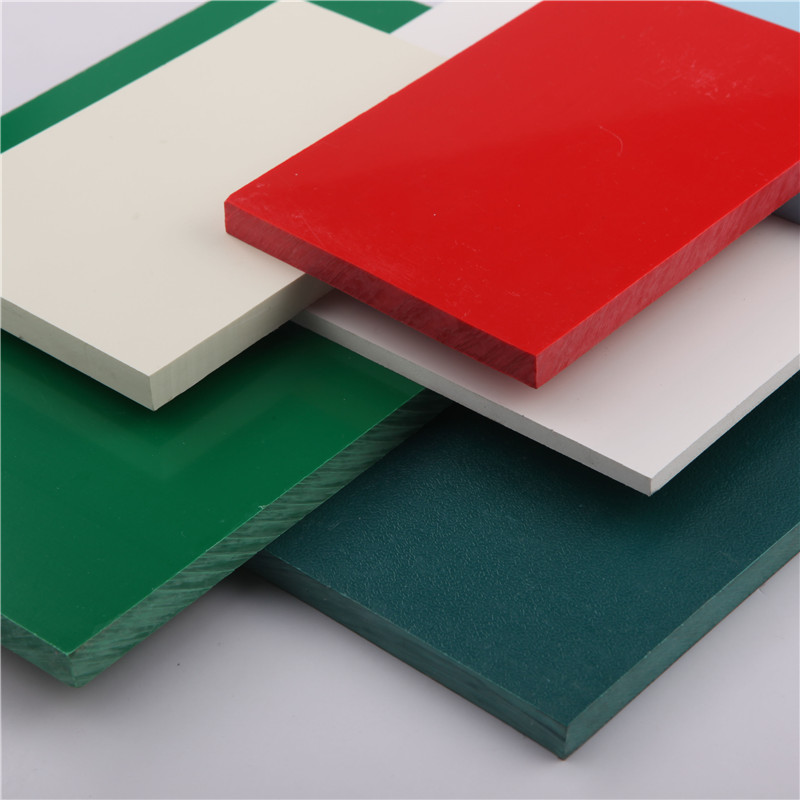Nov . 14, 2024 02:00 Back to list
thermoplastic welding rod
The Importance of Thermoplastic Welding Rods in Modern Manufacturing
Thermoplastic welding rods play a crucial role in various industries, ranging from automotive to aerospace, and even in everyday product manufacturing. These rods are essential for creating strong, durable, and waterproof joints in thermoplastic materials, making them a vital component for engineers and manufacturers alike. This article explores the significance of thermoplastic welding rods, their applications, and the advantages they offer.
Understanding Thermoplastic Welding
Before delving into the specifics of thermoplastic welding rods, it is important to understand the underlying principles of thermoplastic welding itself. Thermoplastics are synthetic materials that become pliable or moldable above a specific temperature and solidify upon cooling. The welding process involves heating the thermoplastic materials to a temperature where they become liquid, then bonding them together through the introduction of a filler material—this is where thermoplastic welding rods come into play.
These rods are made from various thermoplastic materials, including Polyethylene (PE), Polypropylene (PP), Polyvinyl Chloride (PVC), and others, each providing unique properties that suit different applications. The choice of welding rod depends on the base materials being joined, the environmental conditions the joint will be exposed to, and the desired mechanical properties of the final product.
Applications of Thermoplastic Welding Rods
1. Automotive Industry Thermoplastic welding rods are extensively used in the automotive sector for bonding various components, ranging from dashboards to body panels. They are instrumental in creating lightweight structures that can resist the rigors of automotive applications, such as vibration, heat, and exposure to chemicals.
2. Aerospace In the aerospace industry, weight reduction is critical. Thermoplastic welding rods facilitate the production of lightweight parts while maintaining high strength and durability, essential for aircraft safety and efficiency.
3. Construction In building and construction, these rods are used to weld PVC and other thermoplastics to create pipes, roofing membranes, and other structural elements. Their waterproofing capabilities ensure longevity and reliability in various environmental conditions.
4. Marine Applications The marine industry benefits significantly from thermoplastic welding rods, as they can create waterproof and corrosion-resistant joints for boats and other marine structures.
thermoplastic welding rod

5. Medical Devices The medical field utilizes thermoplastic welding rods for creating secure and sterile components for medical devices. The ability to control the cleanliness of the weld area is critical in this sector to ensure patient safety.
Advantages of Thermoplastic Welding Rods
1. Strength and Durability Thermoplastic welding rods provide joints that withstand significant stress and strain, making them suitable for high-demand applications. The strength of these joints can be crucial in applications where safety is a concern.
2. Flexibility and Adaptability Various thermoplastics can be utilized, which allows manufacturers to tailor their welds according to the specific needs of each project. This flexibility means that manufacturers can work with the best possible materials for their applications.
3. Cost-Effectiveness Using thermoplastic welding rods can significantly reduce costs associated with traditional welding methods, including the need for additional filler materials and extensive post-weld treatments.
4. Environmental Resistance Thermoplastics have inherent resistance to moisture, chemicals, and UV light, making them ideal for outdoor applications and environments where exposure to harsh conditions can deteriorate other materials.
5. Ease of Use The thermoplastic welding process can often be automated, leading to faster production times and improved consistency in weld quality. This ease of use reduces labor costs and allows for scalable production.
Conclusion
As we continue to advance technologically, the role of thermoplastic welding rods is becoming increasingly prominent. Their importance in manufacturing processes cannot be understated, as they offer a combination of strength, durability, and versatility that is unmatched by many other joining methods. With applications across multiple industries and a plethora of benefits, thermoplastic welding rods represent a key component in the ongoing development of innovative products for everyday use. Understanding their capabilities and applications allows industries to make informed decisions, leading to enhanced efficiencies, safety, and product quality.
-
Durable PVC-M Water Supply Pipes | 60-Year Life
NewsAug.04,2025
-
Premium HDPE Water Supply Pipes: Durable & Leak-Proof
NewsAug.03,2025
-
Premium PVC-M Water Supply Pipe - Durable & Efficient
NewsAug.02,2025
-
Premium PP Welding Rod: GPT-4 Turbo Enhanced
NewsAug.01,2025
-
HDPE Drainage & Irrigation Pipe - Durable, Efficient Solutions
NewsAug.01,2025
-
Premium PVC Transparent Pipe: Durable & Clear Solutions
NewsJul.31,2025

